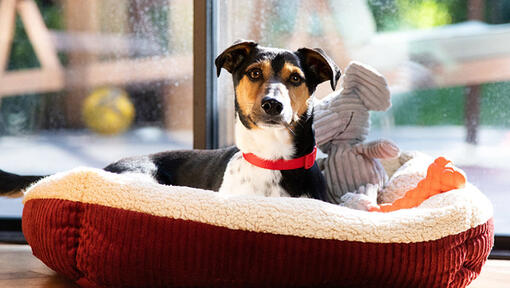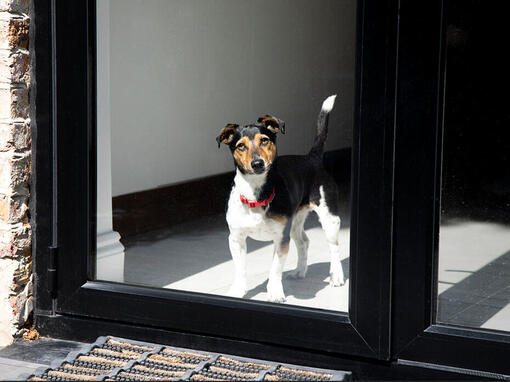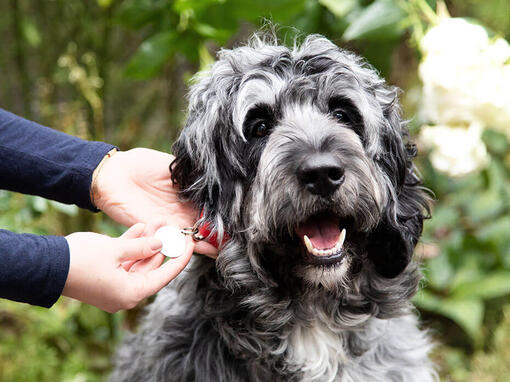History and Origins
Country of Origin: England
The English Cocker Spaniel is the most popular of the spaniel breeds and is one of the oldest of the land spaniels. Prior to the early 1800, the Cocker and the Springer Spaniel’s were categorised together and called simply the Land Spaniel but they developed to have different jobs depending on their size - the larger ones being used to ‘spring’ game and the smaller ones to flush out woodcock. The difference between the two became more pronounced thanks to selective breeding by their various devotees, and in 1893, they were finally recognised as two separate breeds - and this is how they got the names we know today - the Springer and the Cocker.
The advantages of the Cocker were that as they were smaller and faster, they could easily push themselves into hedgerows and dense scrubland and so flush game that larger spaniels were unable to get to.










